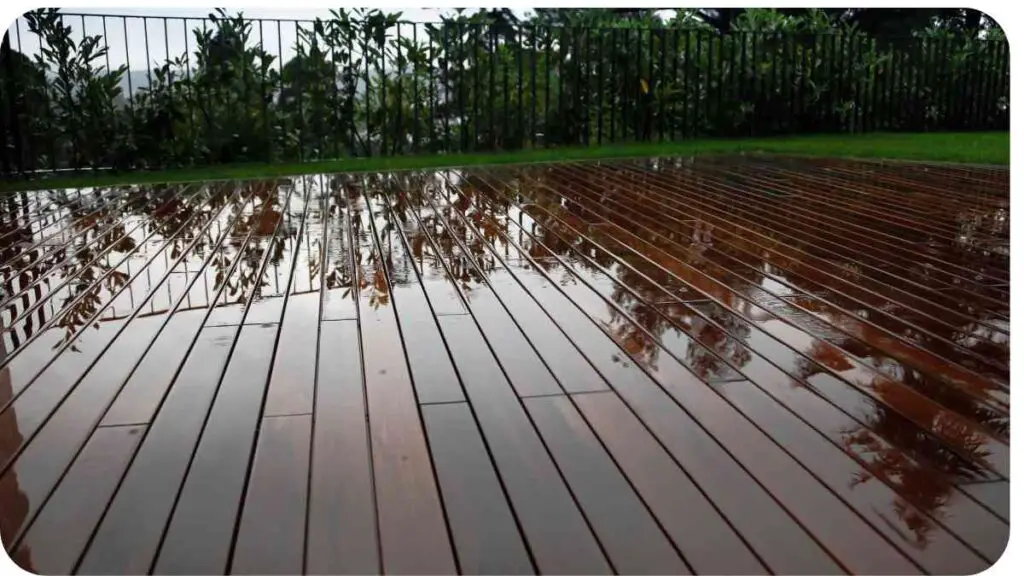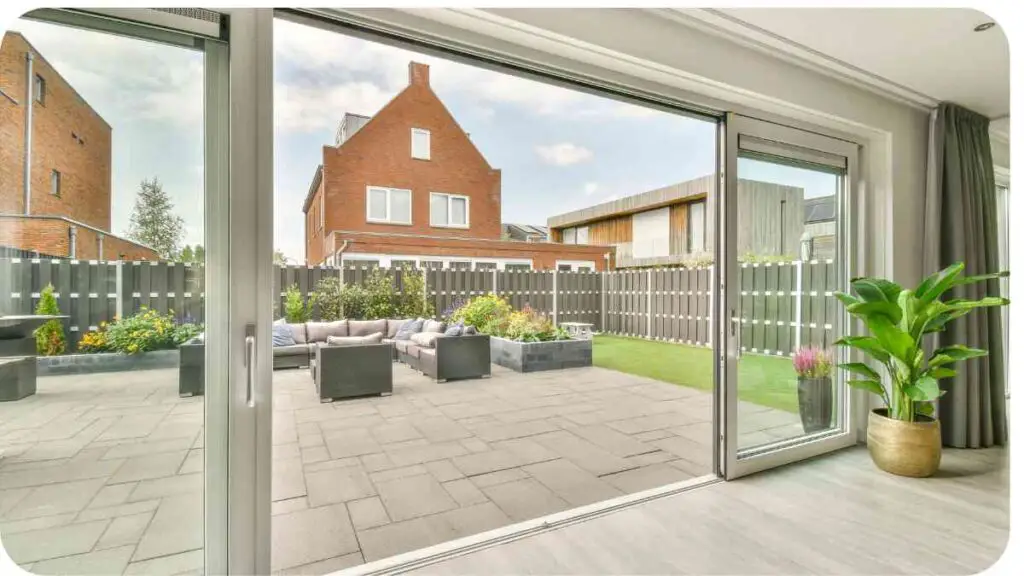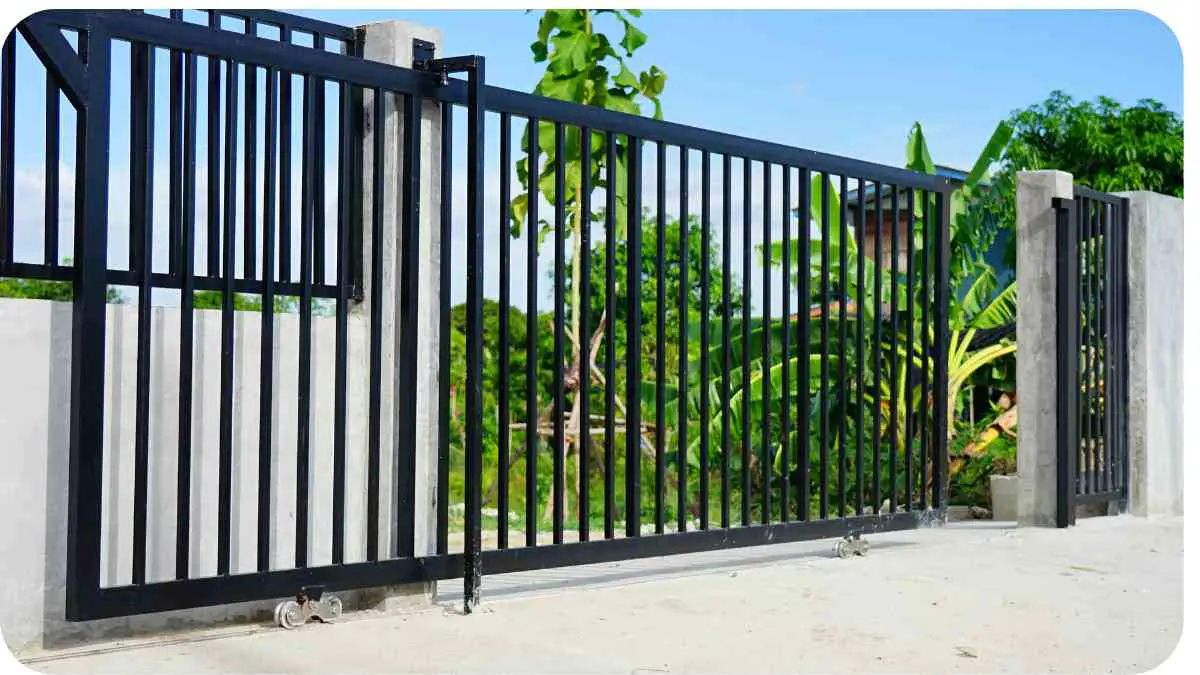If you’ve ever struggled with a sliding patio door that just won’t slide smoothly, you’re not alone. Over time, these doors can become difficult to operate due to various issues like misalignment, worn-out rollers, or debris in the tracks.
Fortunately, many of these problems can be fixed with a little bit of know-how and the right tools. In this guide, we’ll walk you through how to diagnose and cure common problems with your sliding patio door, so you can enjoy smooth, hassle-free operation once again.
| Takeaway |
|---|
| Regular maintenance, including cleaning tracks and lubricating rollers, ensures smooth operation of sliding patio doors. |
| Misalignment, worn-out rollers, and debris are common issues that can cause a sliding door to stick or operate poorly. |
| Adjusting the door, cleaning and lubricating tracks, and replacing damaged parts can often resolve common problems. |
| Using silicone-based lubricants helps avoid dirt buildup and maintains door functionality. |
| Professional help may be needed for complex issues or if DIY repairs don’t solve the problem. |
| Preventive maintenance, such as regular cleaning and inspections, can extend the lifespan of your sliding patio door. |
Understanding Sliding Patio Doors

Types of Sliding Patio Doors
Sliding patio doors come in a few different styles, each with its own set of features and potential issues. Here’s a quick overview:
Keeping your patio furniture in top condition is essential for maintaining an inviting outdoor space. For comprehensive advice on this, check out our guide on how to fix outdoor patio furniture, ensuring longevity and comfort for all your backyard gatherings.
| Type | Description | Pros | Cons |
|---|---|---|---|
| Standard Sliding | Two panels, one fixed and one sliding | Space-saving, easy access | Limited insulation |
| Multi-Panel Sliding | Multiple panels that slide to open | Wider opening, elegant look | Higher cost, more maintenance |
| Pocket Doors | Doors slide into a pocket in the wall | Completely unobtrusive | Complex installation |
Common Problems with Sliding Patio Doors
Here are some frequent issues you might encounter:
| Problem | Description | Possible Causes |
|---|---|---|
| Difficulty Sliding | The door sticks or is hard to move | Misaligned tracks, worn rollers |
| Noise When Sliding | Unusual sounds during operation | Dirt in tracks, damaged rollers |
| Drafts | Air leaks around the door | Worn weatherstripping, poor seal |
Diagnosing the Issue
Checking for Alignment Issues
Misalignment is a common issue that can make your door difficult to operate. Start by inspecting the door to see if it’s sitting evenly in the frame. You can usually adjust the alignment by turning the adjustment screws on the rollers, which can be accessed through holes in the bottom of the door.
Inspecting the Rollers and Tracks
Dirty or damaged rollers and tracks can cause sliding problems. Remove any debris from the tracks and check the rollers for wear. If they’re damaged, you’ll need to replace them.
Assessing the Door Seal
A worn or damaged door seal can lead to drafts and reduced insulation. Inspect the seal around the door to see if it needs to be repaired or replaced.
If you’re considering an upgrade to your patio area, understanding the costs involved is crucial. Explore our detailed breakdown of how much are custom patio doors, helping you make informed decisions for your next home improvement project.
Tools and Materials Needed
Before you start your repair, make sure you have the following tools and materials:
| Tool/Material | Purpose |
|---|---|
| Screwdriver | To adjust or remove screws |
| Lubricant | To grease the rollers and tracks |
| Replacement Rollers | To replace worn or damaged rollers |
| Cleaning Supplies | To clean the tracks and door components |
Step-by-Step Repair Guide

Adjusting the Door
- Locate Adjustment Screws: These are usually found on the bottom of the door.
- Turn Screws: Use a screwdriver to turn the screws clockwise to raise the door or counterclockwise to lower it.
- Test the Door: Open and close the door to ensure it slides smoothly.
Cleaning and Lubricating the Tracks
- Clean the Tracks: Use a vacuum or brush to remove debris.
- Apply Lubricant: Spray a lubricant along the tracks and let it settle for a few minutes.
- Wipe Excess: Wipe away any excess lubricant to prevent it from attracting more dirt.
Cracks or breaks in your windows can be a common issue. For quick and effective solutions, refer to our tips on quick fixes for cracked or broken windows, ensuring your home remains secure and energy-efficient
Replacing Rollers and Track Parts
- Remove the Door: Take out the door from the track to access the rollers.
- Replace Rollers: Remove the old rollers and install new ones.
- Reinstall the Door: Place the door back onto the tracks and check the operation.
Fixing or Replacing the Door Seal
- Inspect the Seal: Check for any cracks or wear.
- Replace Seal: Remove the old seal and install a new one, ensuring it fits snugly.
Winter can be harsh on your outdoor spaces. Protecting your patio furniture during these months is vital to prolong its life. Our article on how to protect patio furniture in the winter offers practical tips to keep everything in excellent condition.
Preventive Maintenance Tips
- Regular Cleaning: Clean tracks and rollers every few months to prevent debris buildup.
- Lubricate Periodically: Apply lubricant to the tracks and rollers to keep them moving smoothly.
- Check for Wear: Inspect door components regularly for signs of wear or damage.
When to Call a Professional
If you’ve tried the above steps and your door still isn’t functioning properly, it may be time to call a professional. Issues like extensive frame damage, complex alignment problems, or advanced seal repairs often require expert help.
Maintaining outdoor structures often involves sealing to prevent damage. For those looking to extend the life of their canopies, our guide on how to seal a canopy provides step-by-step instructions to help you with this essential maintenance task.
Cost of Repair vs. Replacement
| Option | Description | Estimated Cost |
|---|---|---|
| Repair | Fixing alignment, cleaning, or replacing parts | $100 – $300 (depends on complexity) |
| Replacement | Installing a new sliding patio door | $800 – $1,500 (depends on size and material) |
Conclusion
Fixing a sliding patio door can seem daunting, but with the right tools and a bit of patience, it’s a manageable task. By diagnosing the issue, performing basic repairs, and keeping up with preventive maintenance, you can extend the life of your door and ensure it operates smoothly for years to come.
FAQs
- How often should I clean my sliding patio door tracks?
- Ideally, every 3-6 months to prevent debris buildup.
- What type of lubricant is best for sliding patio doors?
- A silicone-based lubricant works well for most doors.
- Can I replace the rollers myself?
- Yes, if you’re comfortable with basic DIY tasks, replacing rollers is generally straightforward.
- How do I know if my door is misaligned?
- Check if the door sticks or if there’s uneven spacing around the frame.
- When should I call a professional?
- If the problem persists despite your efforts, or if you encounter complex issues.
Further Reading
8 Tips for Maintaining Your Sliding Patio Door
This article offers practical tips for keeping your sliding patio door in top condition, covering cleaning, lubrication, and general maintenance practices.
How to Fix a Sliding Glass Door That Sticks
Learn effective methods for addressing common issues with sliding glass doors that stick, including step-by-step repair techniques and troubleshooting tips.
How to Properly Maintain Your Sliding Glass Patio Door
This guide provides comprehensive advice on maintaining sliding glass patio doors, from regular cleaning to dealing with more complex issues.
FAQs
What are the common causes of a sliding patio door sticking?
Sliding patio doors can stick due to dirt and debris in the tracks, misaligned rollers, or damaged components. Regular cleaning and maintenance can help prevent these issues.
How can I tell if my sliding patio door is misaligned?
Signs of misalignment include difficulty sliding the door, uneven gaps around the frame, and scraping noises. Adjusting the door’s alignment might resolve these issues.
What type of lubricant should I use for sliding patio doors?
A silicone-based lubricant is generally recommended for sliding patio doors as it reduces friction and does not attract dirt like oil-based lubricants.
When should I replace the rollers on my sliding patio door?
Rollers should be replaced if they are damaged, worn out, or if the door is still hard to move after cleaning and adjustment. Signs include unusual noises and difficulty sliding.
How can I prevent my sliding patio door from getting dirty?
Regular cleaning of the tracks and rollers, along with periodic maintenance, can help prevent dirt buildup and keep your sliding patio door operating smoothly.

I am Hellen James, a professional handywoman with expertise in improving home and garden spaces by using pergolas, gazebos, and tents.

